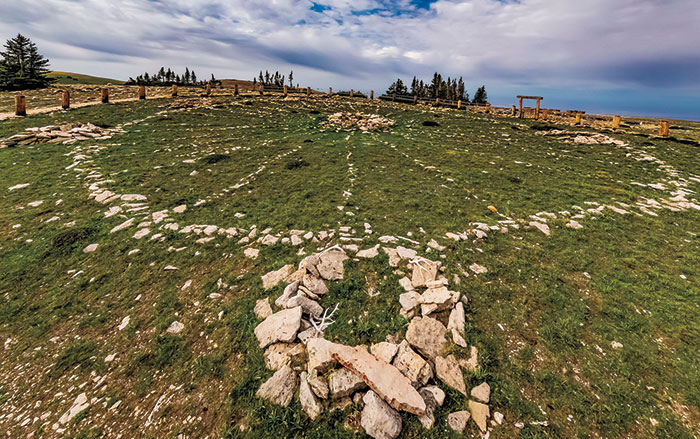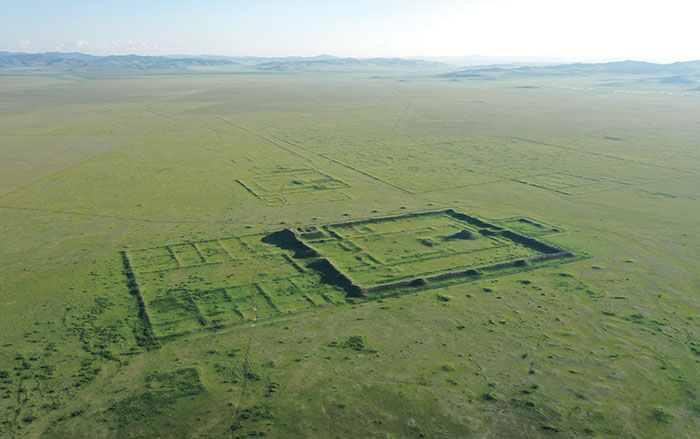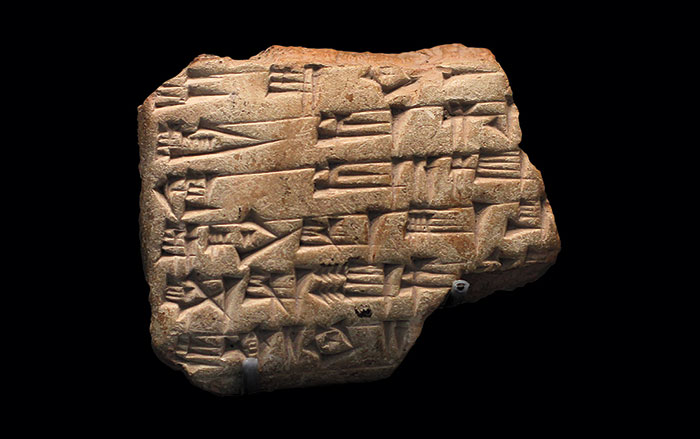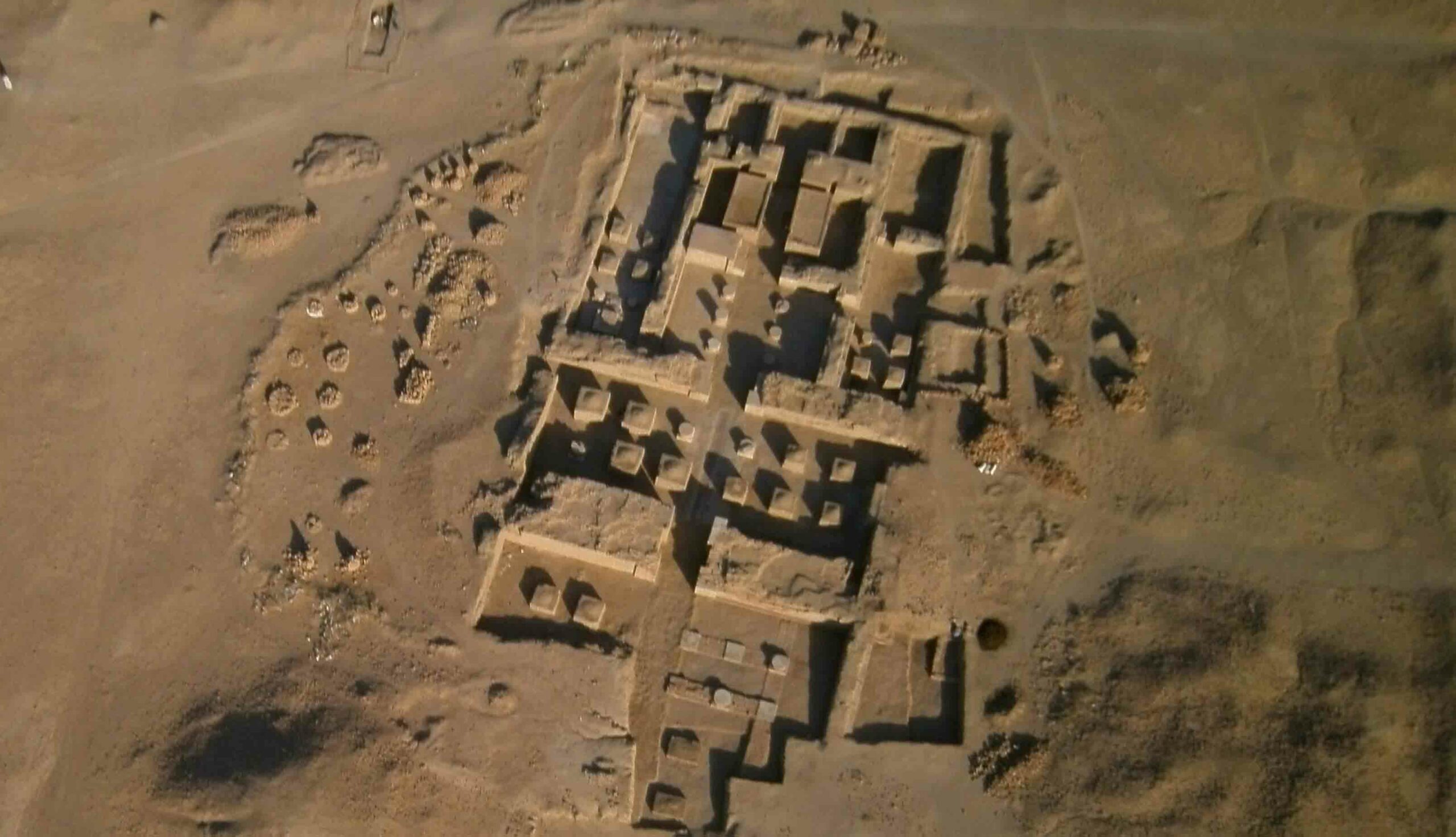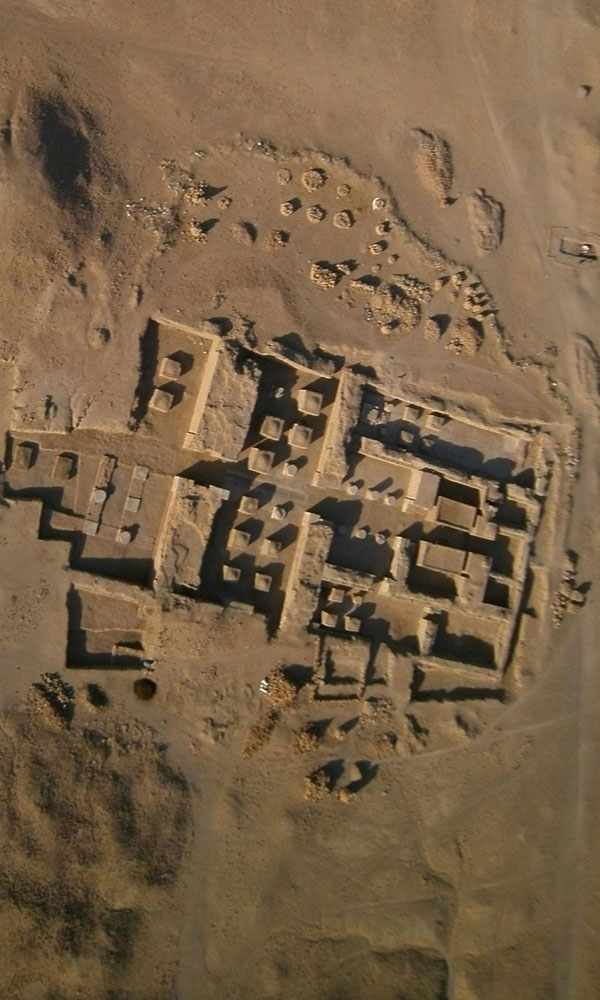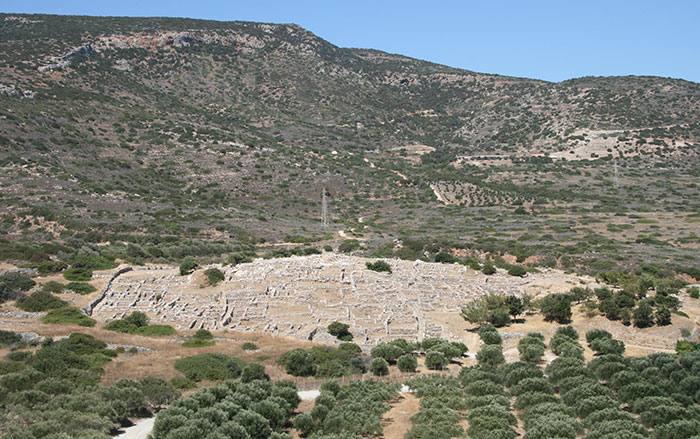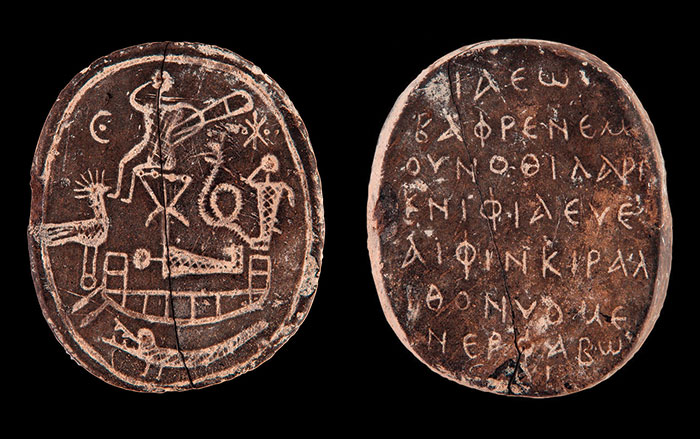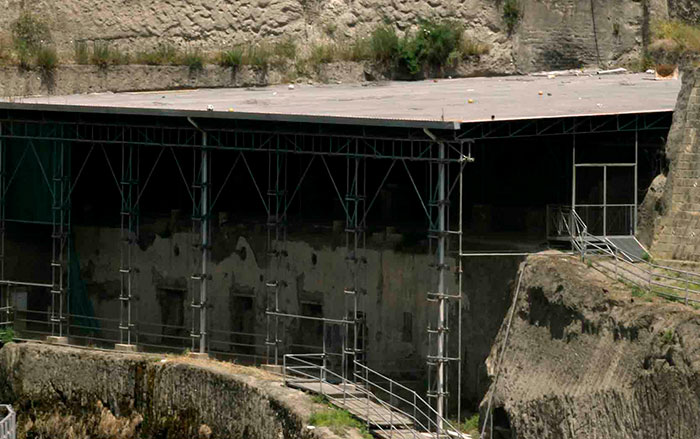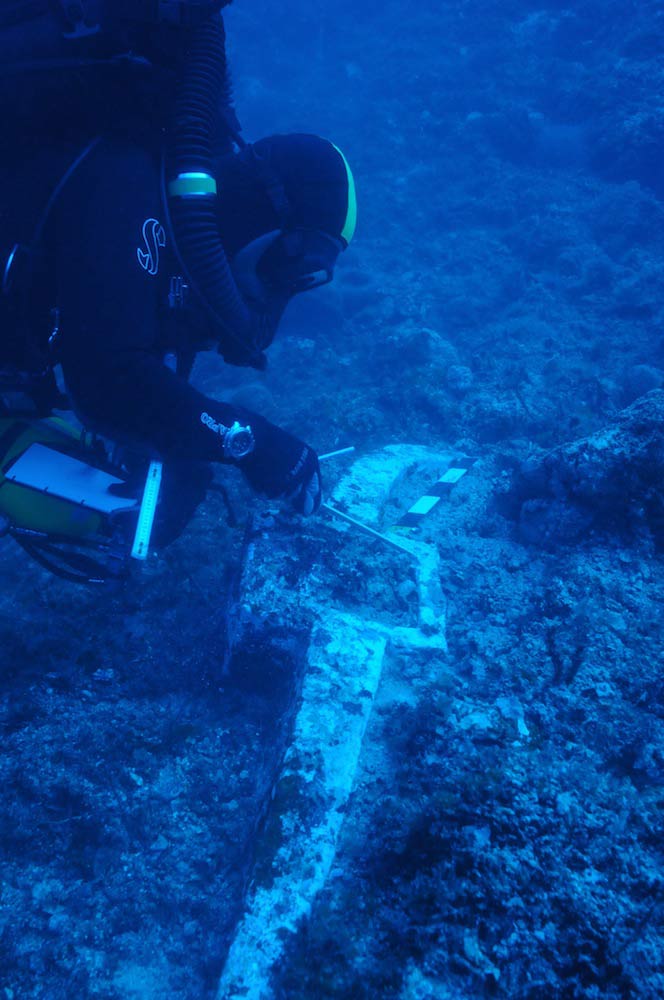
WOOD'S HOLE, MASSACHUSSETS—Excavation of the Antikythera shipwreck will continue for another five years, reports LiveScience. First discovered by sponge divers off the coast of a small Greek island more than a century ago, the ship dates to the first century B.C. and is most famous for carrying the bronze Antikythera mechanism, the ancient world's most sophisticated astrological instrument. The project, a collaboration between the Greek government and the Woods Hole Oceanographic Institute, has so far resulted in a 3-D map of the seafloor around the wreck as well as the discovery of a number of artifacts, including a lead anchor and an oversize bronze spear that may have belonged to a statue. The team also discovered the site actually consists of two separate remains separated by more than 300 feet, indicating the ship either broke in half when it sank or that two distinct shipwrecks rest on the seafloor. To read about a modern recreation of the astrological device discovered at the site, go to "Artifact: Antikythera Mechanism."


